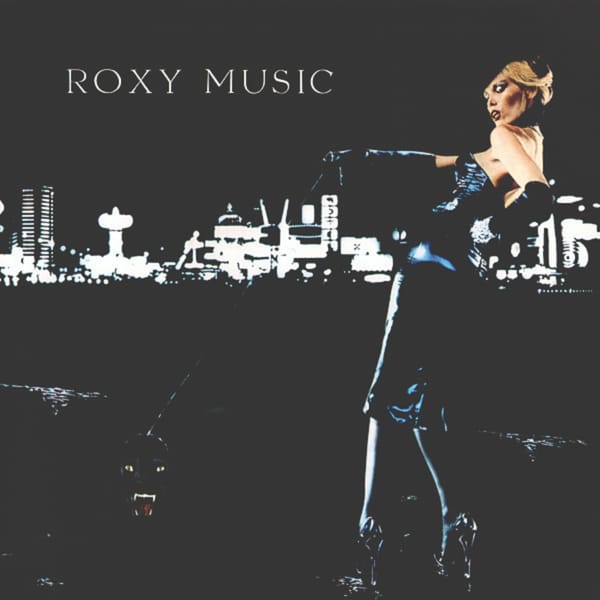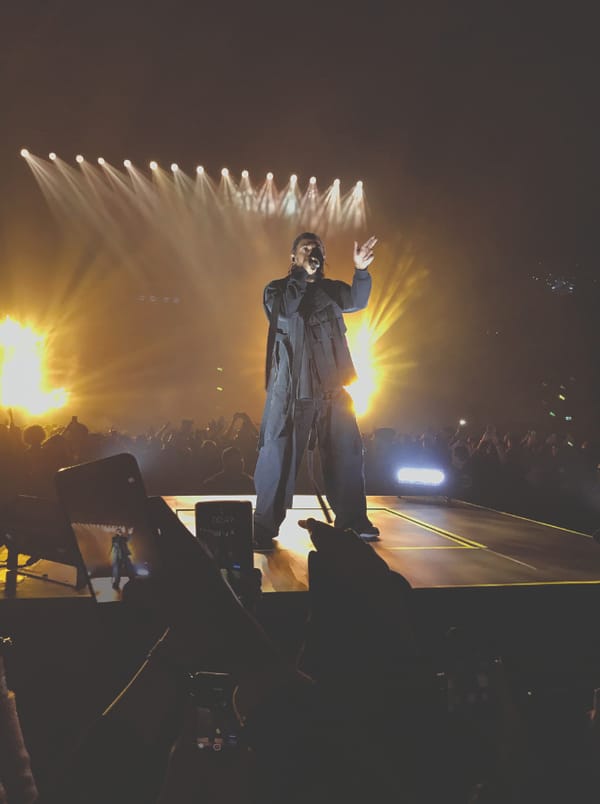A short, mostly wrong history of punk rock, part I
Felix Music’s resident punk rock addict gives the first instalment of a comprehensive history of the genre...

Punk is hard to pin down; it’s not a particular genre or style marked by any particular technical approach to writing music. In fact, most of the time, it’s not very technical at all. It’s sort of a patched-together set of reactions to a number of musical lineages, which entangled to form the angry, thrasy, alive music we know and love today.
One thing – there have always been skinhead punk movements, but I’m not going into them here. This isn’t what punk’s about; in the immortal words of the Dead Kennedys, “Nazi punks fuck off!” The punk I know and love is fervently anti-racist.
Ok, history. The very first reaction was to 60s and 70s rock. Country, folk, and blues diverged in the early 1900s US; blues grew up in the Mississippi delta, and moved north to Chicago and Detroit, where it became electrified and gained wider audiences. This was the precursor of modern rock, which evolved in the 40s and 50s. Rock shared with blues an affinity for the same three chords (tonic, subdominant, dominant, or I-IV-V in various arrangements). This sparseness was integral to the sound of the era; however, as rock aged, it left these behind. Gone were the days of minimalism and intimacy; the Guitar God was born, and displays of instrumental technicality came to dominate the live rock show.
This irritated the first punks, who came from the 60s garage-rock scene and kept with them a DIY ethos – bands like the Kinks, the Seeds, and the Sonics. Traditional punk bands like the Clash grew up in this era – tubthumping mish-mashes of power chords and energy.
In the US, experimental post-psych acts like the Velvet Underground and the Stooges were defining a sound of their own; a wave of the sound hit New York City in the early 70s, including the Dictators, the Modern Lovers, and Willie Alexander and the Boom Boom Band. These guys were avant-garde, experimental, and did not give a shit about the established tastes of the time. Meanwhile, CBGB came and became a happening place – Blondie, the Cure, the Talking Heads, and so on. And in December 1969, a name was born: “Whiny, adolescently repulsive and barely distinguishable street-punk anthems” wrote John Mendehlson of the Stooges’s debut.
“Whiny, adolescenty, repulsive, and very similar street-punk anthems”
These two lines, post-psych and garage-rock, are the ultimate stylistic source of punk, but punk represents an ethos that transcends any particular sound. Punk is primarily about community and individuality. Authority is scorned; individual, DIY effort is encouraged, and there is a great importance to the notion of “authenticity” – music, writing, art made with no reservations or ulterior motives, art made for art’s sake.
Anyways, CBGB, the small Manhattan venue, thrived. The Heartbreakers, the Voidoids, and the Dead Boys all came through those doors, as did hundreds, hundreds, of other acts. Over its 30-something year run open, CBGB became the heart of US punk rock at the time.
In the UK, a shop named SEX hired some people, gave them names and trendy clothing, and formed the Sex Pistols. They’re pretty well known [citation needed]. Along the lines of pop punk, the Ramones paved the way; bands like the Buzzcocks and the Undertones emerged, and had a significant influence on pop-punk and skate punk, which arose – and will be talked about – later.
And the evolution continued; new wave happened, with bands like Ultravox, the Pretenders, the Cars, Tubeway Army, and CBGB acts like the Talking Heads and Blondie, which began moving in a less abrasive and more pop-friendly direction. Descendents include Morrissey, Duran Duran, Interpol, the National, the Strokes, the Killers, Slowdive, and Franz Ferdinand all have a new-wavey, post-punky heritage. These guys played with poppier sounds, synths, and a range of emotion decidedly less than just screaming into the mic.
On the other hand, there was a movement to make punk sound cold and industrial. Post-punk was a parallel movement, featuring Joy Division, the Fall, and the Raincoats. Modern derivatives include Protomartyr and New Order, which formed from the remains of Joy Division after Ian Curtis’s unfortunate suicide. These artists are known for droning, plodding, spacy soundscapes and a brooding worldview. Many of these bands hail from the north of England, or other post-industrial areas (Protomartyr is from Detroit, for example) – a soundtrack to the desolate metalscape.
The second wave of ska was also brought about by punks; bands like the Specials, the Beat, and Madness typified the 2-tone “mod” era, and fed massively into the rise of third wave in the US (more later); their music was marked by a reggae-inspired sense of rhythm and HORNS EVERYWHERE. While ska originated in Jamaica alongside rocksteady and reggae, it was precisely this deterritorializing (to quote Deleuze and Guattari) adoption that has sustained the genre. The Specials are also the origin of the cultural touchstone that is Walt Jabsco, a skanking man (“skanking” refers to a dance common at these gigs; the term survives in modern drum’n’bass).
For this installment, I’ll close here, because this underpins a point I’d like to make: lots of punk doesn’t sound like what people think punk should sound like. Punk is more an ethos, an aesthetic, a set of positions on religious wars endemic to the music industry, where authenticity, self-expression, and music for music’s sake take priority over any other interest (be it corporate, Nazi, or The Man in your favorite incarnation). And that’s why punks get so mad about ‘sellouts’: do whatever you want, just do it for yourself.
Stay tuned for Part 2: hardcore, skate, thrash, and the third and fourth waves of ska.








